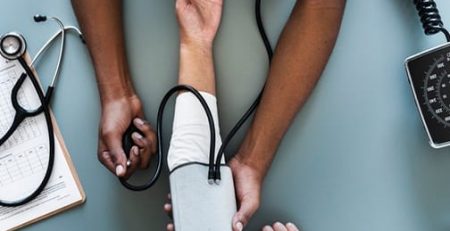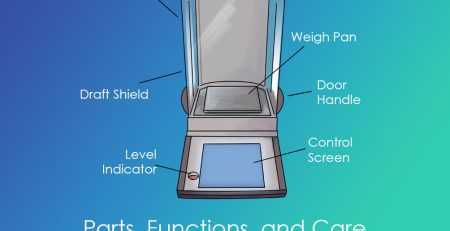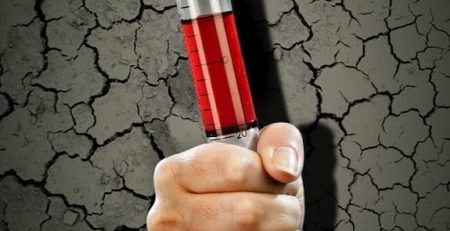New Virtual Leg Injury Model Developed to Help Train Medics
Despite what action-packed block busters would have you believe, getting shot in the leg is much more serious than Hollywood actors make it appear. Many times, gunshot wounds to the leg result in amputated limbs, or even death. This is especially true when it comes to battlefield injuries. Researchers at the University of California, Los Angeles (UCLA) have developed a new virtual model that accurately simulates the fluid dynamics of a gunshot wound to the leg, which the researchers hope will allow first responders and combat medics to train to better staunch critical bleeding in emergency situations. The team recently presented their work at the American Physics Society conferense.
To create the simulation, researchers collected scans of three different layers of the leg: hard bone, soft tissue, and skin. The rates of blood flow from specific artieries and vessels were all pre-determined, and the researchers then applied a Lagrangian fluid simulation to determine how much blood would exit the body if a bullet passed through a specific part of the leg. Despite this model being one of the more sophisticated of its kind, in its current state the model still doesn’t take into account additional injuries, or multiple wounds to the same limb.
“We’re genuinely hopeful that our simulations will enhance the educational experience for medical trainees,” Jeff Eldredge, director of the Simulations of Flow Physics and Acoustic laboratory at UCLA told New Scientist. “But I’m really pleased just to get visceral reactions from my kids. That probably makes me a horrible father.”
View videos and simulations at New Scientist and Popular Science.














